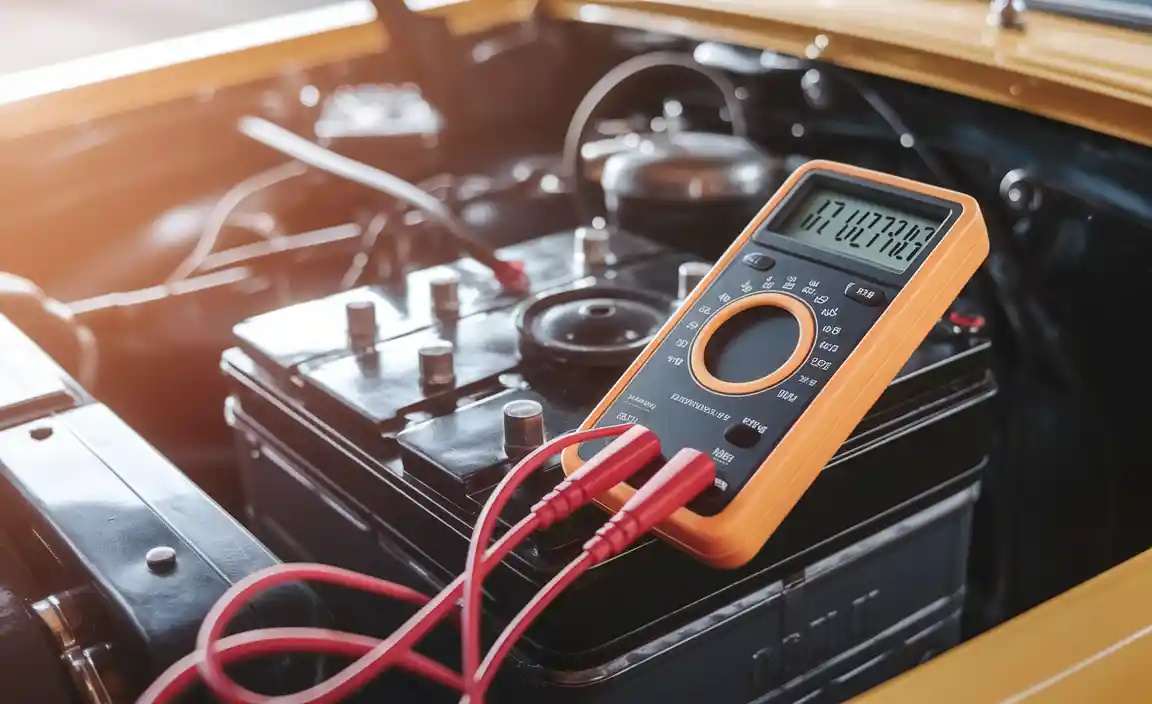Volt Vigilance: Straightforward Actions for Efficient Battery Management
An properly cared for vehicle accumulator is essential for efficient car operation and reliability. yuasa battery from the starter system and your vehicle's electronic systems, and neglecting their care might lead to unexpected breakdowns. Learning how to maintain your vehicle battery in optimal condition remains crucial for all vehicle owner.
Luckily, taking care of your vehicle battery is not daunting chore. With a few easy steps, you will ensure it endures longer and operates effectively. Ranging from regular inspections to proper cleaning techniques, adopting sound practices will make a significant difference. Let's explore a few simple yet efficient strategies for ensuring your vehicle battery in good condition and reliable for each of your journeys.
Routine Car Battery Inspections

Routine inspections of your car car battery are important for maintaining its well-being and longevity. Begin by checking the car battery connections for any indicators of corrosion, as this can appear as a pale, chalky substance. Remove any corrosion you detect with a combination of baking soda and water, using a copper brush to ensure the connections are tight and clean.
Next, assess the battery's physical condition. Look for cracks or swelling in the enclosure, as these can suggest that the battery is faulty and may need replacement. Pay attention to any unusual odors, like a sweet smell, which could signal a drip or other problems. Addressing these concerns early can prevent more significant issues down the road.
Lastly, monitor the car battery's state of charge consistently using a voltage meter or a battery analyzer. Ensure that the battery charge is within the suggested parameters for your vehicle. If you discover that the car battery is repeatedly low on charge, it may be necessary to consider a new battery or investigate possible issues with the charging system. Regular inspections can help you avoid unexpected breakdowns and guarantee reliable performance.
Optimal Battery Charging Practices
Appropriate recharging is crucial for prolonging the lifespan of your car battery. Always use a charger that corresponds to the requirements of your battery model. For traditional lead-acid batteries, a slow charge is often more beneficial than a quick charge, as it assists to prevent overheating and reduces the risk of failure. Keeping the charger plugged in for the advised time ensures that the battery achieves its optimal state of power.
Timing to recharge your car battery is also vital. Avoid letting the battery completely discharge before charging it. Periodic top-ups can preserve battery condition and keep it prepared for use. Aim to charge the battery when it falls below 50 percent of its capacity to avoid sulfation, which can impair functionality and shorten the lifespan of the battery.
In conclusion, take into account the surrounding conditions when charging. Severe temperatures can affect charging efficiency and battery performance. If charging in cold weather, allow the battery to warm up a bit before attaching it to the charger. Meanwhile, in hot weather, ensure sufficient ventilation during charging to prevent overheating. These practices help keep your battery in optimum condition.
Signs of Battery Failure
One of the first signs of battery failure is the engine cranking slower than normal. As you turn the ignition key, if you notice that the engine takes longer than usual to start or displays sluggishness, this could suggest that the battery is struggling to deliver enough power. Such sluggish performance is typically more noticeable in low temperatures, as batteries tend to struggle more in lower temperatures.
Another frequent indicator is the appearance of corrosion around the battery terminals. If you see white, ashy deposits on the connections, this can disrupt the correct flow of electricity. This buildup is often caused by battery leakage or overcharging and might result in poor performance and eventual failure if not promptly addressed. Sometimes, cleaning the terminals and checking the connection can restore functionality.
Finally, be mindful of warning lights on your dashboard. Many modern vehicles are equipped with battery warning indicators that alert you to potential issues. If the warning light lights up, it could mean your battery is nearing the end of its lifespan or that there is a problem with the charging system. Failing to heed these signals can lead to greater complications, so it’s wise to have the battery checked if the warning light comes on.